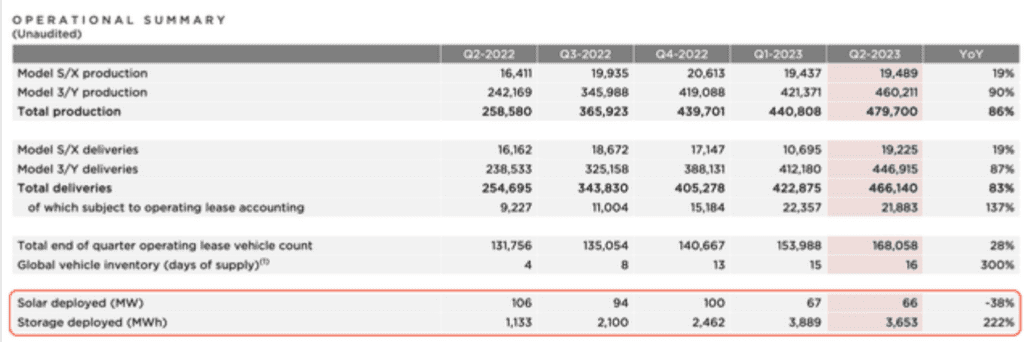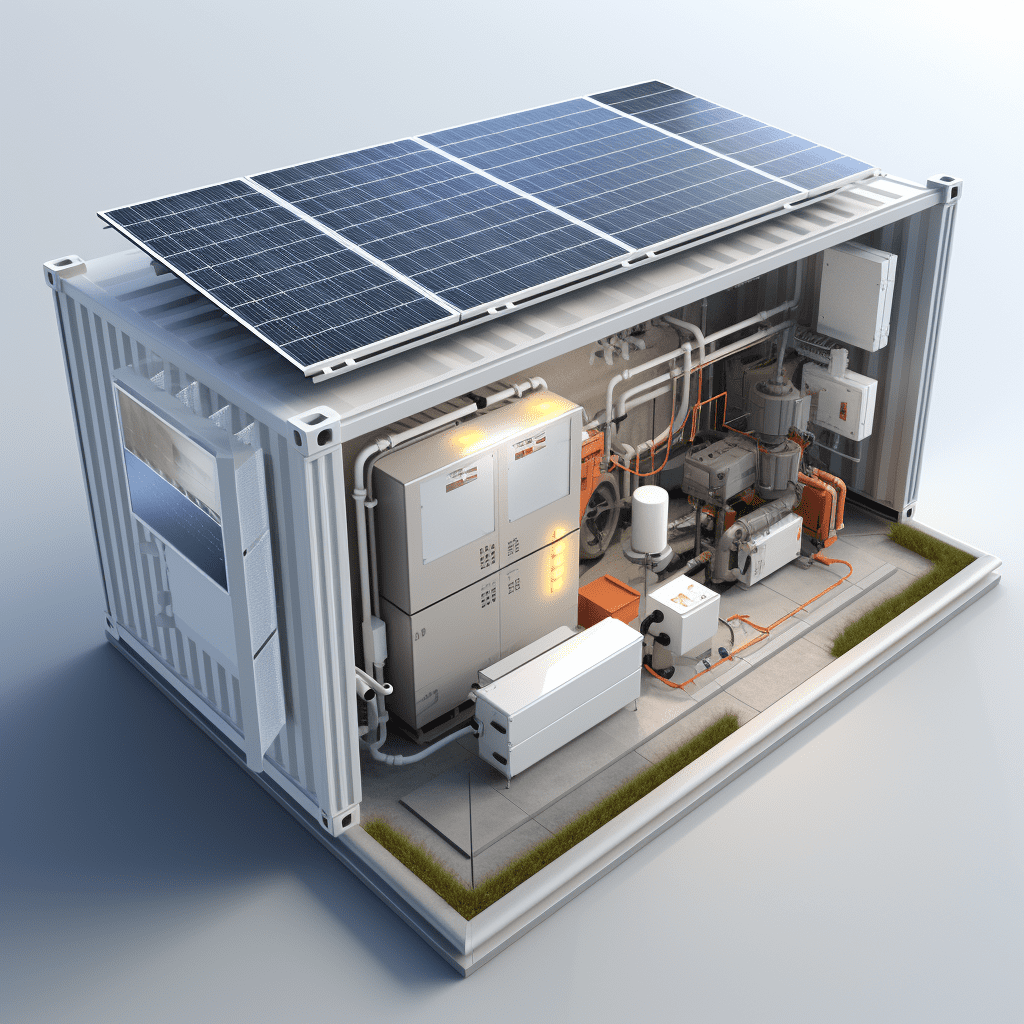When it comes to home energy storage solutions, two names stand out: the Tesla Powerwall and the Generac PWRcell. Both systems offer distinct advantages, but which one is the right fit for your energy needs? In this comprehensive comparison, we delve into the features, benefits, and potential drawbacks of each system to help you make an informed decision.
Overview of Tesla Powerwall
The Tesla Powerwall is renowned for its sleek design and robust performance. It is a lithium-ion battery designed to store energy from solar panels or the grid, providing power during outages and optimizing energy usage.
Key Features of Tesla Powerwall
- Storage Capacity: Each Tesla Powerwall offers a usable capacity of 13.5 kWh, sufficient for an average household’s daily energy needs.
- Scalability: While the Powerwall supports multiple units, capacity upgrades can be challenging.
- Efficiency: With a round-trip efficiency of 90%, the Powerwall ensures minimal energy loss.
- Warranty: Tesla provides an unlimited cycle warranty for 10 years, guaranteeing reliable performance.
- Energy Management: The Powerwall is compatible with Tesla’s app, which offers real-time energy monitoring and management, albeit with occasional glitches.
Advantages of Tesla Powerwall
- All-in-One Solution: Compatible with both solar panels and the grid, offering flexibility.
- Power Outage Protection: Automatically switches to battery power during outages.
- Aesthetic Design: The compact and sleek design integrates seamlessly into any home.
Drawbacks of Tesla Powerwall
- Upgrade Complexity: Adding capacity is less straightforward compared to other systems.
- App Issues: The energy management app can be glitchy at times, affecting user experience.
Overview of Generac PWRcell
The Generac PWRcell is a modular energy storage system that offers flexibility and efficiency. Known for its strong performance and capacity for customization, the PWRcell is a compelling choice for homeowners.
Key Features of Generac PWRcell
- Modular Design: The PWRcell’s capacity can be easily expanded from 9 kWh to 36 kWh.
- Efficiency: It boasts a round-trip efficiency of up to 96%, maximizing energy use.
- Performance: The system delivers consistent and reliable energy storage.
- Warranty: Generac offers a 10-year limited warranty.
- Inverter Compatibility: Although it doesn’t support third-party inverters, it works efficiently with Generac’s own inverter.
Advantages of Generac PWRcell
- Easy Capacity Upgrades: The modular design allows for simple and flexible capacity expansions.
- High Efficiency: With a high round-trip efficiency, it ensures effective energy use.
- Cost-Effective Options: Offers a range of capacities at competitive prices, making it accessible to various budgets.
Drawbacks of Generac PWRcell
- Inverter Limitations: Cannot integrate with third-party inverters.
- Customer Reviews: Some users report negative experiences with customer service and product reliability.
Performance Comparison
Energy Storage and Capacity
The Tesla Powerwall’s 13.5 kWh capacity per unit is suitable for typical household usage, but upgrading capacity requires installing additional units, which can be complex. In contrast, the Generac PWRcell’s modular design allows for easy upgrades in increments of 3 kWh, up to 36 kWh, providing greater flexibility.
Efficiency and Output
Efficiency is a critical factor in energy storage. The Tesla Powerwall’s 90% round-trip efficiency is impressive, yet the Generac PWRcell surpasses it with up to 96% efficiency, ensuring more of your stored energy is available for use.
Installation and Scalability
The Powerwall’s integration with Tesla’s ecosystem is seamless, especially if you already own Tesla products. However, scalability can be cumbersome due to the necessity of installing multiple units. The PWRcell, with its modular setup, offers a simpler and more flexible installation process, allowing homeowners to start with a smaller system and expand as needed.
Cost Analysis
Initial Investment
Both systems require a significant initial investment. The Tesla Powerwall typically costs around $10,500 for a complete installation, including one unit and supporting hardware. The Generac PWRcell, depending on the configuration, can range from $10,000 to $18,000, offering more capacity and potential savings in the long run.
Long-Term Savings
While the upfront costs are high, both systems provide substantial long-term savings by reducing reliance on grid power and optimizing energy usage. The higher efficiency of the PWRcell may offer slightly better returns on investment over time.
User Experience
Tesla Powerwall
Users appreciate the Powerwall for its reliability during power outages and the seamless integration with Tesla’s ecosystem. However, some users have reported occasional issues with the app, which can detract from the overall experience.
Generac PWRcell
The PWRcell is praised for its flexibility and efficiency. However, some users have noted problems with customer service and occasional reliability issues, which could be a concern for potential buyers.
Conclusion: Tesla Powerwall or Generac PWRcell?
Choosing between the Tesla Powerwall and Generac PWRcell depends on your specific energy needs and preferences. The Tesla Powerwall is an excellent choice for those seeking a reliable, all-in-one solution with a sleek design and strong integration with other Tesla products. However, if flexibility, efficiency, and easy capacity upgrades are your priorities, the Generac PWRcell may be the better option.
Both systems represent significant advancements in home energy storage, offering substantial benefits in terms of energy independence and cost savings. Evaluate your energy goals, budget, and preferences to determine which system aligns best with your needs. Regardless of your choice, both the Tesla Powerwall and Generac PWRcell are solid investments in your home’s energy future.




